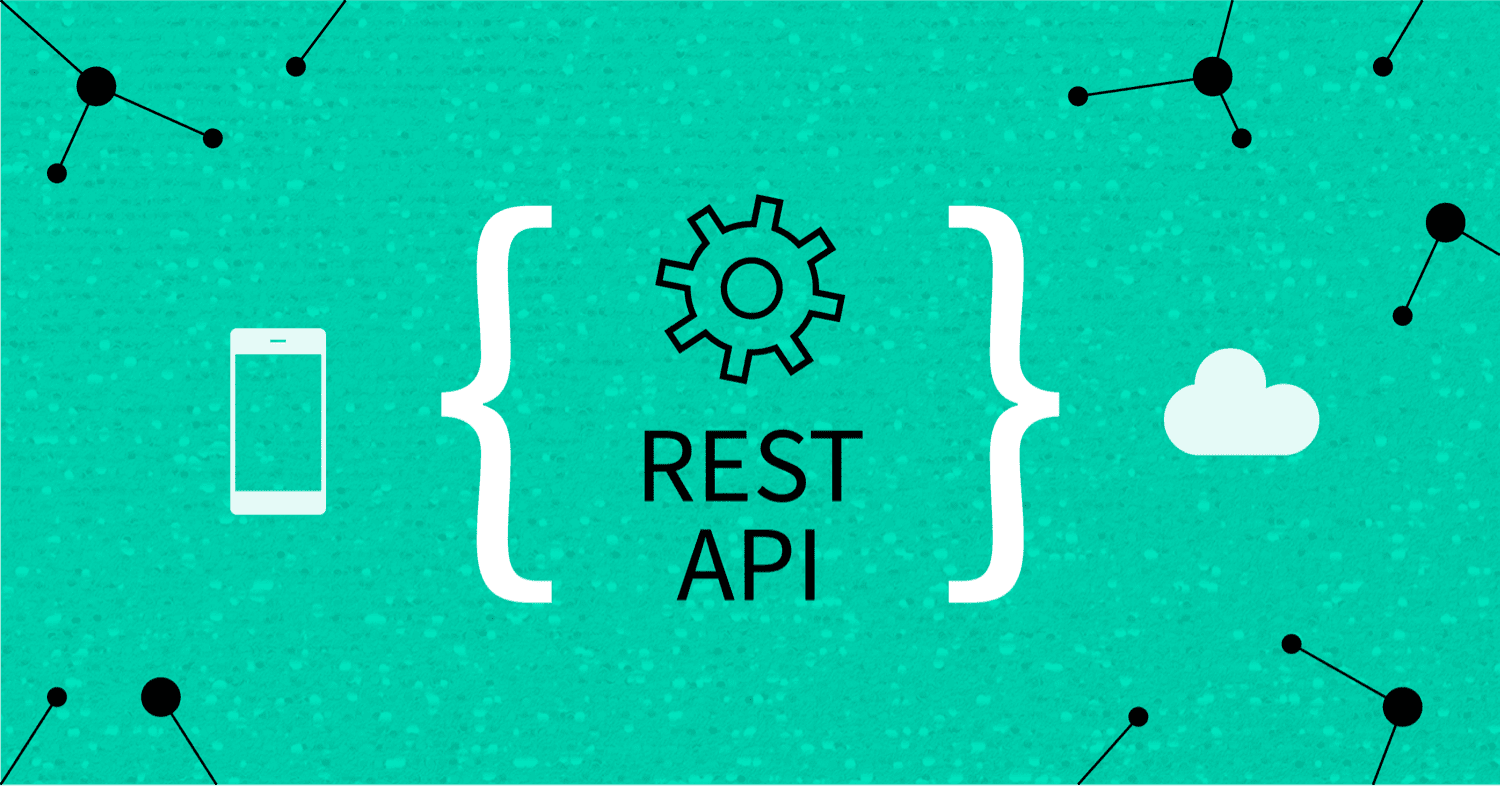🌐🤝 Introduction
In today’s interconnected world, the exchange of data and information between different applications and services is a fundamental aspect of modern software development. This seamless communication is achieved through Application Programming Interfaces (APIs), which serve as bridges, enabling different systems to interact and share data.
One of the most popular and widely used API architectures is the Representational State Transfer (REST) API. REST API has become the backbone of web services due to its simplicity, scalability, and flexibility. In this blog post, we will explore the meaning of REST API, delve into the concept of APIs, and understand why REST API is considered platform and language agnostic. We will cover the basics of REST API with easy-to-understand examples to illustrate its capabilities.

💻📡 Understanding API: A Gateway to Seamless Communication
An API, short for Application Programming Interface, is a set of rules and protocols that allows different software applications to communicate and interact with each other. APIs define the methods and data formats that applications can use to request and exchange information. They act as intermediaries, enabling smooth data flow and integration between diverse systems.
APIs play a pivotal role in modern software development by providing standardized methods for developers to access functionalities and data from external applications or services without having to understand the complex underlying code.
Unraveling REST API: A Powerful and Versatile Solution
REST API, a type of API architecture, stands for Representational State Transfer. It is an architectural style designed to leverage the existing HTTP methods and conventions to build web services. REST API uses standard HTTP requests such as GET, POST, PUT, and DELETE to perform actions on resources identified by URLs.
The core principle behind REST API is the concept of resources, which are identified by unique URLs. These resources can be any entity, such as a user, product, or document, that can be accessed and manipulated using HTTP methods. REST API adheres to the statelessness principle, meaning each request from a client to the server must contain all the information required to understand and process the request. The server should not store any client-specific information between requests.
Platform and Language Agnostic: A Universal Integration Solution
One of the significant advantages of REST API is its platform and language-agnostic nature. This means REST API can be used to build applications on any platform or programming language as long as they can perform HTTP requests and understand JSON or XML data formats.
The platform and language-agnostic feature of REST API makes it highly versatile and widely adopted in modern software development. Developers are free to choose their preferred programming language or technology stack for both the server and client sides, making it easier to integrate systems developed using different technologies.
REST API Basics with Simple Examples
Let’s explore the basics of REST API with a couple of straightforward examples:
Example 1: Retrieving User Data
To retrieve user data from a server using REST API, we would make an HTTP GET request to the appropriate endpoint. For instance:
GET /api/users/123
This request would fetch the user data with the unique identifier “123” from the server.
Example 2: Creating a New Post
To create a new post on a blogging platform, we would make an HTTP POST request with the post data to the appropriate endpoint. For instance:
POST /api/posts
The server would process the request and create a new post based on the provided data.
🚀🌐 Conclusion: Embracing the Power of REST API
In conclusion, REST API is a robust and flexible solution for enabling seamless communication and integration between software applications. Its platform and language-agnostic nature make it a universal choice for developers seeking to build versatile and interoperable systems. With standard HTTP methods and easy-to-understand URL-based resources, REST API provides a user-friendly approach to accessing and manipulating data.
By embracing REST API, developers can unlock the true potential of their applications and deliver enhanced user experiences by leveraging the power of web services.
So, whether you are building a mobile app, a web application, or an enterprise system, consider harnessing the capabilities of REST API to create a more interconnected and integrated digital ecosystem. REST API empowers developers to build applications that can seamlessly communicate and share data, fostering a more connected and efficient digital world.
 Gleez
Gleez